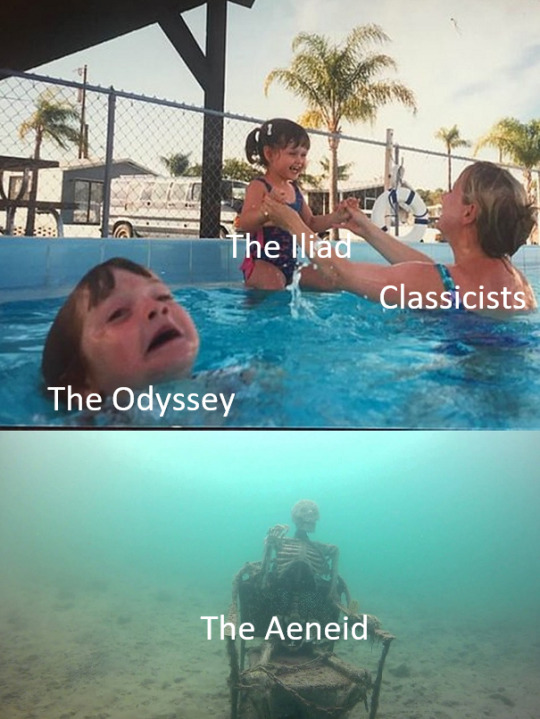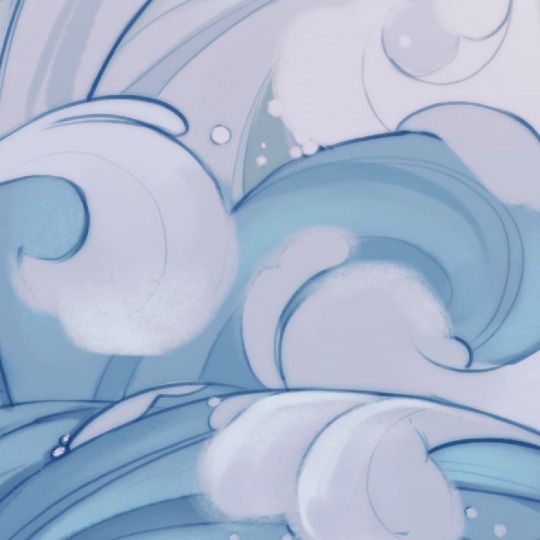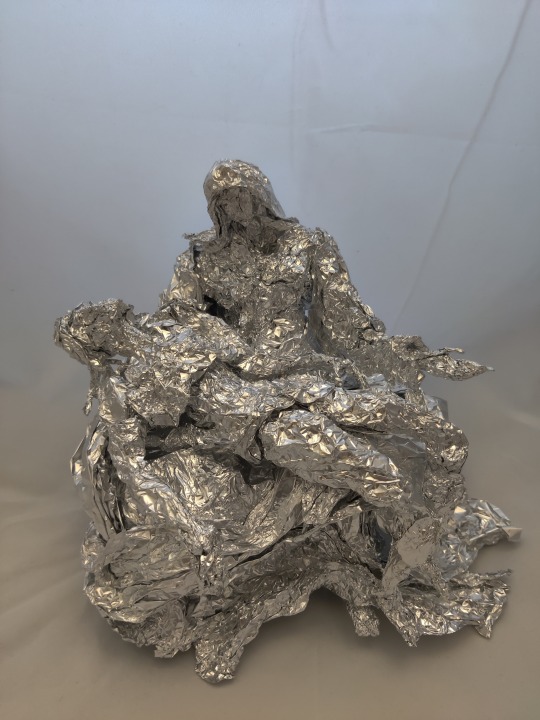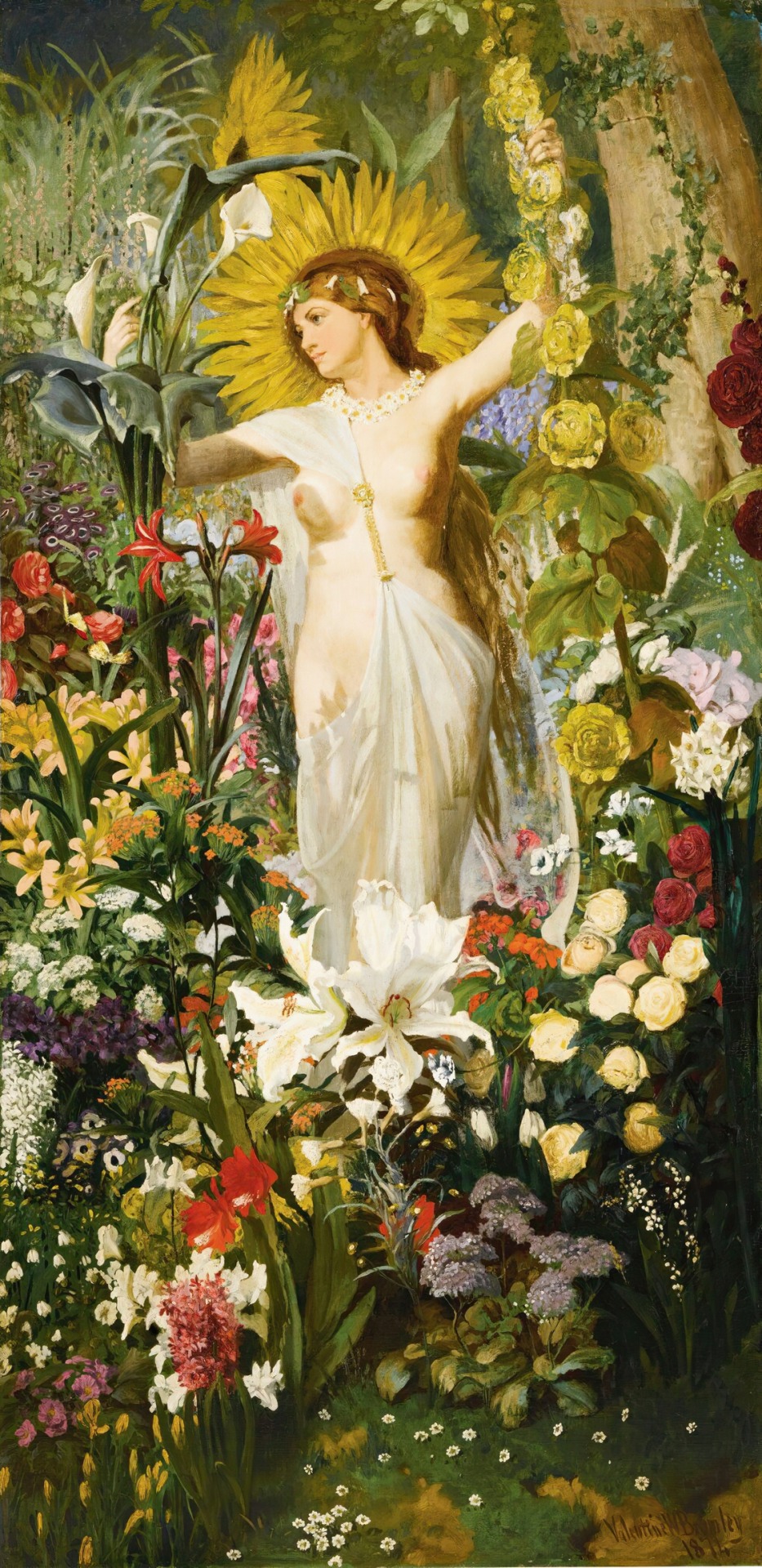#roman classics
Explore tagged Tumblr posts
Text

#iliad#odyssey#aeneid#virgil#homer the poet#homer's iliad#homer's odyssey#virgil's aeneid#classical civilisation#classics#greek gods#roman gods#greek mythology#roman mythology#greeks#romans#epics#homeric epics#virgils epic#classical mythology#roman classics#classical history#mediterranean history#ancient history#ancient greek#ancient greece#ancient rome#classics meme#classics memes#tagamemnon
513 notes
·
View notes
Text
Books & movies I think Vulcans would love:
- Crime and Punishment
- The Picture of Dorian Gray
- Asimov's Robots series
- 12 Angry Men
Books & movies I think Romulans would love:
- Hamlet
- The Iliad
- The Aeneid
- Kill Bill
Books & movies I think Klingons would love:
- Beowulf
- The Princess Bride
#star trek#vulcan#star trek tos#literature#romulans#romulans star trek#star trek tng#roman classics#classics#crime and punishment#kill bill#the iliad#homeric epics#the princess bride#beowulf#isaac asimov#virgil#shakespeare#hamlet
15 notes
·
View notes
Text

Death of Sappho, by Miguel Carbonell Selva
#art detail#classic art#traditional art#traditional painting#classical art#oil painting#art history#art details#19th century art#art#safo#sappho#artist#1800s art#20th century art#academic art#artwork#art study#contemporary art#fine art#arte#mythology art#greek mythology#roman mythology#mithology#mito
10K notes
·
View notes
Text
I love you people going into "useless" fields I love you classics majors I love you cultural studies majors I love you comparative literature majors I love you film studies majors I love you near eastern religions majors I love you Greek, Latin, and Hebrew majors I love you ethnic studies I love you people going into any and all small field that isn't considered lucrative in our rotting capitalist society please never stop keeping the sacred flame of knowledge for the sake of knowledge and understanding humanity and not merely for the sake of money alive
#classics#mythology#ancient greek mythology#ancient roman mythology#comparative literature#latin#hebrew#ethnic studies#fuck capitalism#communism#i love my useless degree idc#academia#university#dark academia#Greek#philosophy#liberal arts#humanities#women and gender studies#cultural anthropology
46K notes
·
View notes
Text
”Men think about the Roman Empire” “What’s the female version of the Roman Empire” SHUT UPPPPP. SHUT THE FUCK UPPPPPP. AS A WOMAN I LOVE THE ROMAN EMPIRE. AS A WOMAN I LOVE ANCIENT HISTORY AND BATTLES AND POLITICAL INSTABILITY. THE “GIRL VERSION OF THE ROMAN EMPIRE” IS THE ROMAN EMPIRE. IM GOING TO STAB YOU 23 TIMES
#why do we have to gender history ffs I hate it here#sorry just had to get it out my system#roman empire#history#classics#tagamemnon#ancient history#ancient rome
27K notes
·
View notes
Text

A Favorite Custom by Lawrence Alma-Tadema (1909)
#lawrence alma tadema#art#paintings#fine art#1900s#1900s art#academicism#academism#academic art#painting#british art#dutch artist#ancient rome#roman baths#thermae#classic art
5K notes
·
View notes
Text
Child's Sock from Egypt, c.250-350 CE: this colorful sock is nearly 1,700 years old

This sock was discovered during excavations in the ancient city of Oxyrhynchus. It was likely created for a child during the late Roman period, c.250-350 CE.
Similar-looking socks from late antiquity and the early Byzantine period have also been found at several other sites throughout Egypt; these socks often have colorful, striped patterns with divided toes, and they were crafted out of wool using a technique known as nålbinding.

Above: a similar child's sock from Antinoöpolis, in Egypt, c.250-350 CE
The sock depicted above was created during the same period, and it was found in a midden heap (an ancient rubbish pit) in the city of Antinoöpolis. A multispectral imaging analysis of this sock yielded some interesting results back in 2018, as this article explains:
... analysis revealed that the sock contained seven hues of wool yarn woven together in a meticulous, stripy pattern. Just three natural, plant-based dyes—madder roots for red, woad leaves for blue and weld flowers for yellow—were used to create the different color combinations featured on the sock, according to Joanne Dyer, lead author of the study.
In the paper, she and her co-authors explain that the imaging technique also revealed how the colors were mixed to create hues of green, purple and orange: In some cases, fibers of different colors were spun together; in others, individual yarns went through multiple dye baths.
Such intricacy is pretty impressive, considering that the ancient sock is both “tiny” and “fragile."
Given its size and orientation, the researchers believe it may have been worn on a child’s left foot.

Above: child's sock from Al Fayyum, Egypt, c.300-500 CE
The ancient Egyptians employed a single-needle looping technique, often referred to as nålbindning, to create their socks. Notably, the approach could be used to separate the big toe and four other toes in the sock—which just may have given life to the ever-controversial socks-and-sandals trend.
Sources & More Info:
Manchester Museum: Child's Sock from Oxyrhynchus
British Museum: Sock from Antinoupolis
Royal Ontario Museum: Sock from Al Fayyum
Smithsonian Magazine: 1,700-Year-Old Sock Spins Yarn About Ancient Egyptian Fashion
The Guardian: Imaging Tool Unravels Secrets of Child's Sock from Ancient Egypt
PLOS ONE Journal: A Multispectral Imaging Approach Integrated into the Study of Late Antique Textiles from Egypt
National Museums Scotland: The Lost Sock
#archaeology#artifact#history#anthropology#child's sock#ancient textiles#ancient egypt#roman egypt#fabric arts#knitting#fashion#naalebinding#art#classical antiquity#children in archaeology#natural dyes#wool#yarn#ancient clothing#children#roman#sewing#egyptology#cute little stripy socks
2K notes
·
View notes
Text



Birth of Venus 🩵✨
One of the rare instances a school assignment actually turns out good
#birth of venus#illustration#digital art#idk what tumblrs policy on bush is#I LOVE WOMEN‼️‼️‼️#my art#my post#original art#aphrodite#greek mythology#roman mythology#classical art#svanyc
5K notes
·
View notes
Text

roof of the pantheon
#mine#photography#rome#italy#religious#ancient rome#ancient roman architecture#classical greece#black and white#sepia
1K notes
·
View notes
Text

"A Roman Holiday" by Frank Markham Skipworth (1889)
#Frank Markham Skipworth#oil on canvas#19th century artist#19th century painting#art#painting#traditional art#classical art#oil painting#paintings#inspiration#art inspiration#19th century art#19th century#wlw art#wlw coded#wlw in art#wlw in classical art#wlw#wlw classical art#sapphic art#sapphic classical art#sapphics in art#1800s#1800s art#late 1800s#a roman holiday#roman#arena#women in paintings
2K notes
·
View notes
Text
Rest in peace Cicero you would've loved twitter
#cicero's letters#marcus tullius cicero#roman classics#roman law courts#ancient rome#ancient roman#ancient history#politics of the late republic#late roman republic#roman republic#cicero#classical civilisation#classical history#cicero in verrem#in verrem#pro caelio#pro murena#cicero did not stop talking my boy would've dominated twitter fueds#rip cicero you wouldve loved twitter#romans#roman politics#cato the younger#julius caesar#pompey#crassus#publius clodius pulcher#verres#in catilinam#pro milone#tagamemnon
23 notes
·
View notes
Text
Do you think Boethius would aprove of my cat reading his work?

#boethius#roman classics#classics#the consolation of philosophy#lady philosophy#ancient rome#cats who read#rome
3 notes
·
View notes
Text

Pieta by Michelangelo - Aluminum Foil Sculpture
#pieta#michelangelo#renissance#traditional art#classic art#virgin mary#jesus of nazareth#jesus christ#religion#christianity#judaism#hebrew#roman catholic#catholic
6K notes
·
View notes
Text

The Triumph of Light over Darkness by Franz von Matsch
#franz von matsch#art#light#darkness#supernatural#pagan#paganism#religious art#religion#gods#goddess#goddesses#torch#horse#wings#europe#european#classical antiquity#ancient greek#greek mythology#roman mythology#ancient rome#classical#classicism#sun#clouds#mythical creatures#winged horse#day#night
2K notes
·
View notes
Text

Flora by Valentine Walter Bromley (1874)
#valentine walter bromley#art#paintings#fine art#19th century#19th century art#academicism#academism#academic art#painting#british art#british artist#mythology#roman mythology#roman goddess#flora#classic
5K notes
·
View notes
Text













Fruits commonly eaten in the ancient Mediterranean in Roman frescoes and mosaics. How many can you recognize?
#ancient rome#roman empire#ancient history#ancient art#ancient culture#fresco#mosaic#fruit#ancient diet#ancient mediterranean#classics#ancient life#everyday history#mosaic floor
535 notes
·
View notes